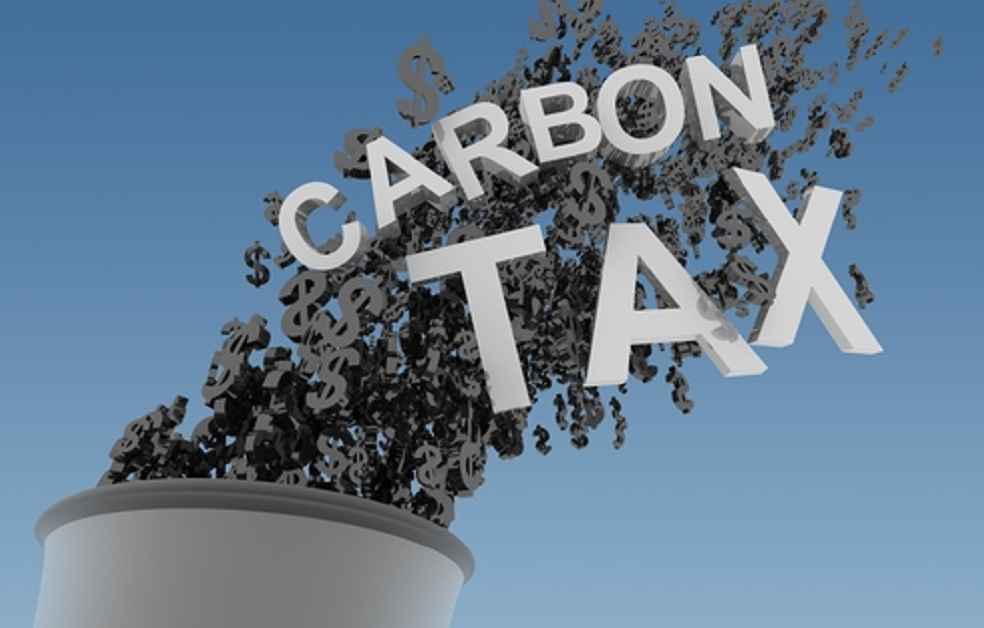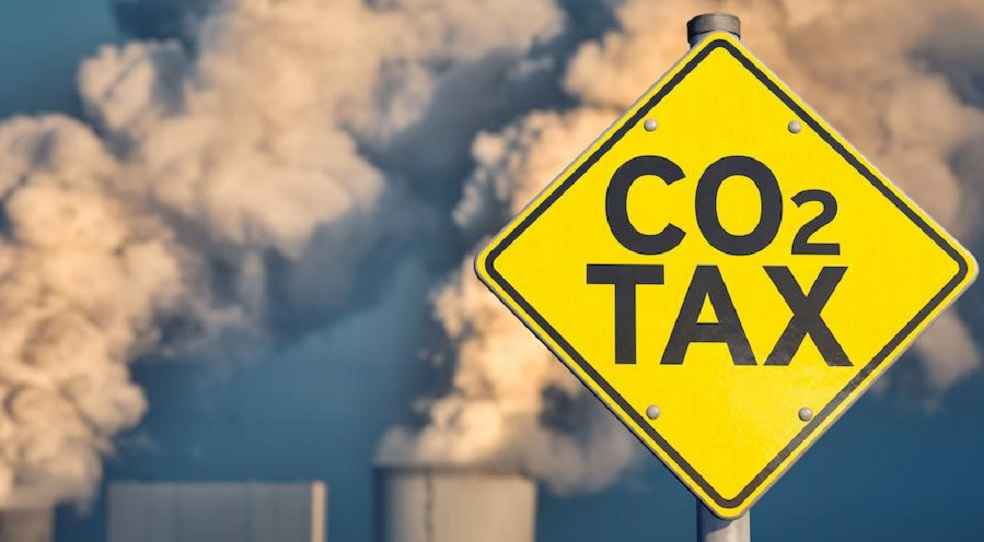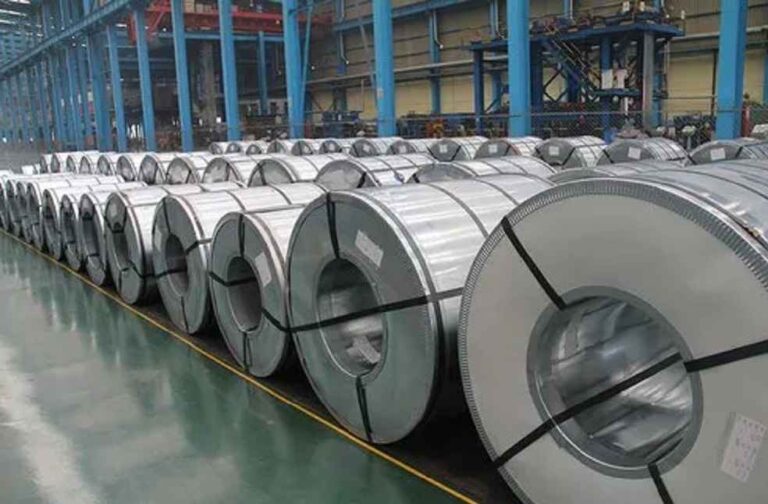The European Union charts a bold course with the inception of the world’s inaugural carbon tax on imports laden with carbon, including pivotal commodities like steel and aluminium, from 2026. This avant-garde policy, dissected by Goldman Sachs, targets the mitigation of competitive disparities faced by EU producers due to the elevated greenhouse gas emissions associated with imported goods, especially from nations like China and India, where similar carbon pricing mechanisms remain absent.
The proposed tariff, integral to the EU Carbon Border Adjustment Mechanism (CBAM), seeks to equalize the competitive landscape for domestic producers of steel, aluminium, cement, hydrogen, fertiliser, and electricity by imposing augmented costs on imports characterized by higher greenhouse gas emissions. The initial year foresees a levy on steel at 6 percent, escalating to an anticipated 21 percent by 2034. Aluminium sees a starting levy at 3 percent, with potential escalation to 7 percent within the same period. These measures align with the EU’s audacious goal of net-zero carbon emissions by 2050, marking a significant stride in the global battle against climate change.

Goldman Sachs analysts elucidate the CBAM’s impact on exporters from China and India, who perceive the levy as a protectionist stratagem. The mechanism is designed to gradually eliminate free emissions allowances under the EU’s Emissions Trading Scheme (ETS), applying a carbon price equivalent to that borne by EU producers to certain imported goods. This strategy aims to deter the production and import of high-emission goods, fostering cleaner industrial practices globally.
The tax regime introduces an innovative approach to duty calculation, initially charging exporters only on emissions surpassing the EU benchmark. By 2034, the tax will encompass the total emissions emanating from their manufacturing facilities. The financial repercussions for exporters, particularly from China, loom large, with entities such as Baoshan Iron & Steel, Citic Pacific Special Steel, Nanshan Aluminium, and Dingsheng New Materials poised for significant impact.

Despite these challenges, the policy includes provisions for levy adjustment based on any carbon tax imposed by exporting countries on their own high-emission sectors by 2026, as well as variations tied to the EU ETS carbon price. This adjustment seeks to avert double taxation and motivate countries to institute their own carbon pricing mechanisms.
The CBAM’s introduction heralds a pivotal moment in global environmental policy, accentuating the EU’s leadership in climate action and establishing a precedent for weaving environmental considerations into international trade practices. As the global community confronts the imperative to slash greenhouse gas emissions, the EU’s strategy offers a promising blueprint for harmonizing economic and environmental goals, potentially catalyzing analogous initiatives worldwide.
IMEX SECTOR | Australian Dairy Crisis: Innovation Tackles Export Dip & Import Spike



